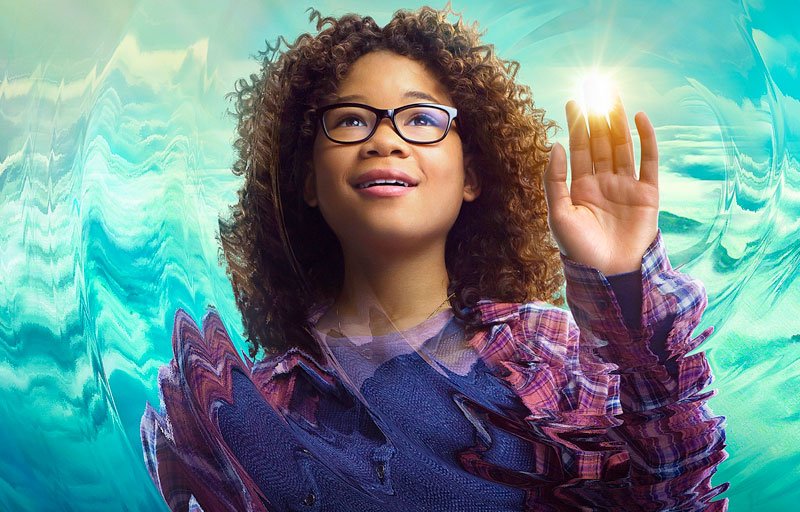Tuesday
Last week our church sponsored the recent film version of Wrinkle in Time, which is providing the theme of this summer’s Vacation Bible School. Writing for The New York Times, African American author Salamisha Tillets says that casting Meg as an African American girl has a great deal of significance.
Tillet observes that the novel politically awakened a whole generation of white girls in the sixties and seventies. For instance, producer of the film Ava DuVernay notes the importance of Meg being “stronger than her father” and how, “for some of us, it planted the seeds of the women’s movement.”
Pamela Paul, meanwhile, writing about the significance of the book for The New York Times in 2012, noted the importance of “intense literary character identification” for bookish girls and wrote that identifying with Meg led to “the most startling transformation.” “It was under L’Engle’s influence that we willed ourselves to be like Meg Murry,” she wrote.
Tillet, however, remembers a more mixed relationship:
But for African-American girls like me, identification with Meg was not as easy. Even as we saw parts of ourselves in Meg’s heroism, we also had to resist our own invisibility in a novel that was unable or unwilling to imagine any people of color as inhabitants of the many planets, including Earth, to which its characters traveled.
The issue of literary identification is a fascinating one. On the one hand, one doesn’t have to match up entirely with a character to identify. When I was 11, I related to few characters more intensely than I did to Shakespeare’s Viola, in large part because of her male exterior and female interior. Although I am not transgender, I was a sensitive boy who didn’t play football (a teacher once called me “a sissy”), and in Viola I recognized the conflict.
Likewise, I bonded with Jane Eyre as a freshman in a military high school. I too knew what it felt like to be bullied and hazed.
But that being said, it’s also true that one must sometimes contort oneself (to use Tillet’s verb) to identify with certain characters, even those one loves. After all, gender, class, race, and sexual preference are major identity markers. Often we aren’t aware of our contortions until we encounter a character who captures our full reality. When that happens, it’s as though we suddenly realize we’ve been seeing the world in black and white whereas it’s actually technicolor.
I think of a reading experience recounted by Samuel Delany, the first African American author to break through the formerly white wall of science fiction writing. Delany fixated upon a minor character that Isaac Asimov mentioned, in passing, as having a dusky complexion. For Delany, this symbolically meant there was a place for him in this world.
Seeing an African American Meg, Tillet writes, has given her a similar validation and, in the process, unleashed more of the novel’s power:
It is still my favorite from childhood, but now, rather than contort myself into Meg, I am able to see how the novel’s play with time and space continues to influence me as an African-American writer. I’m obsessed with how people, events and cultural objects from the past shape our understandings of race and gender in the present. A Wrinkle in Time might not ask the same questions that I do now, but it was the first novel I ever read that explored multiple time dimensions and gave me permission to imagine history as incomplete, unfolding, and a phenomenon with hopes that can be taken up by successive generations.
There’s a difference for Tillet between the novel symbolically opening up new life possibilities—she instinctively grasped that before—and doing so through an African American protagonist. Suddenly the possibilities seem a bit more real when they involve people who look like you.
It have three brown-skinned granddaughters who I can imagine falling in love with Meg some day, just as they have already fallen in love with Moana. The film, I now see, will enhance the reading experience.


